When I became a gardener in 2005, little did I know that I would also become an insect lover! It's rather difficult to garden without making some sort of peace with the insects that inhabit your garden, whether they're good ones or bad ones. I've made it a point to research those that I encounter, so that I know which ones are which.
 |
| Tobacco hornworm on tomato plant at Our Little Acre in 2006. |
For example, I used to squash those tomato/tobacco hornworms until I found out that they're the caterpillar form of sphinx moths or hawk moths. These moths are pollinators of many plants, including oriental lilies, where I've seen them going after the nectar with their super long proboscises, most times after dusk.
A favorite insect of mine is the citronella ant. Romie and I first noticed this several years ago when we were planting shrubs. We'd dig down into the earth and the most wonderful, sweet smell would waft up and we both noticed it. It was very distinctive and the more we smelled it the more we wanted to smell it.
We've both run into them many times since then and I actually love it when I do. The golden colored ants aren't very happy with us though. They emit the sweet lemony fragrance whenever they're threatened or crushed. Of course we don't hurt them on purpose because they aren't a harmful insect.
Citronella ants live underground, sometimes near the foundations of homes or in wood piles or decaying logs. They can get into homes if there's a crack in the foundation, but they don't reproduce there or live there. They're more of a nuisance than anything if they get in, but they don't go after food items. We've never had them in our house, though we've had the large black ones a couple of times.
They feed on the honeydew that's left by aphids and mealybugs as these pests dine on other plants. The citronella ants will gather aphids in groups so they can eat the honeydew left when they eat the roots of plants. Imagine that they're a farm family keeping cows in order to drink the milk they produce!
The next time you're digging in your garden, especially if it's next to the house, if you smell a fresh, lemony scent, look in the soil to see if you can see the citronella ants there. There are a couple of types, but the ones we have are small and yellow - just ¼ to ⅜ of an inch long. Some of them have wings. You might notice their mounds of excavated soil, too. That's a sign that citronella ants may be nearby.
You can read more about the citronella ants here.











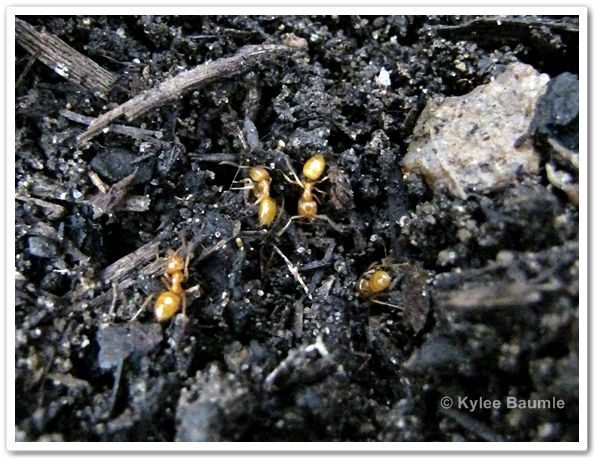
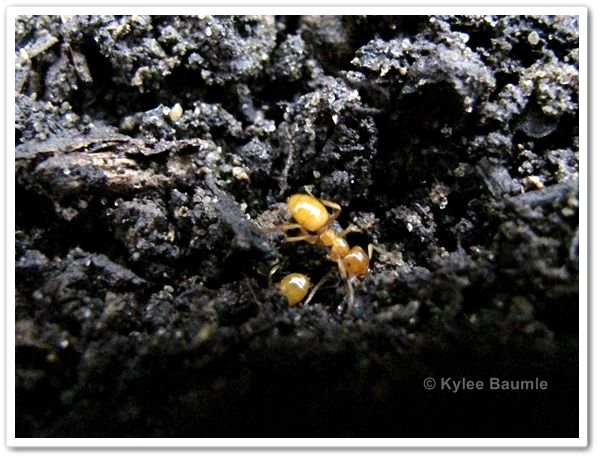
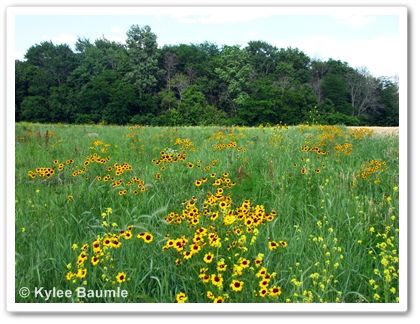
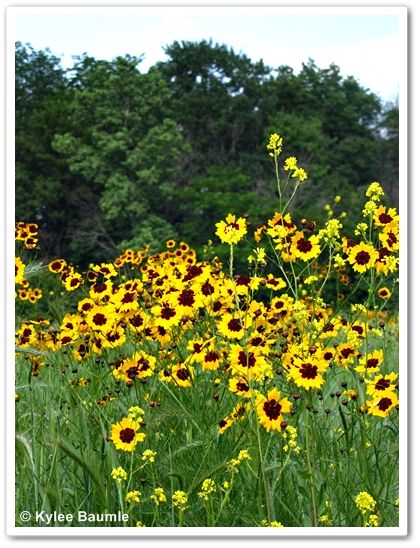
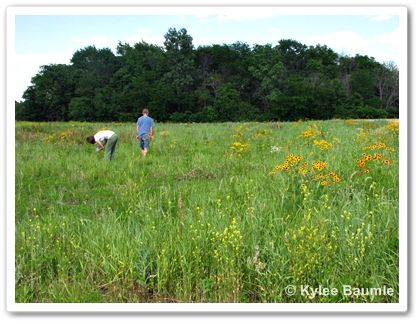
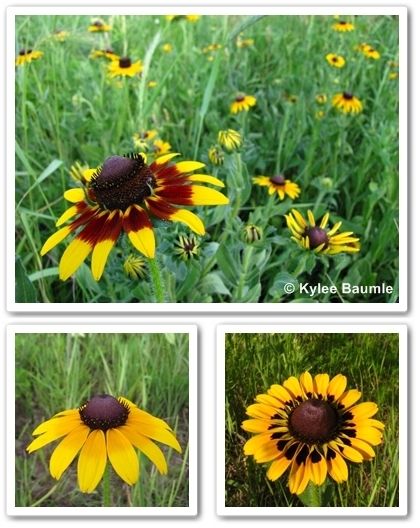
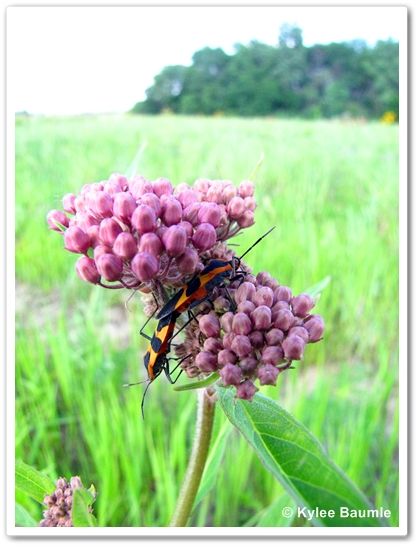
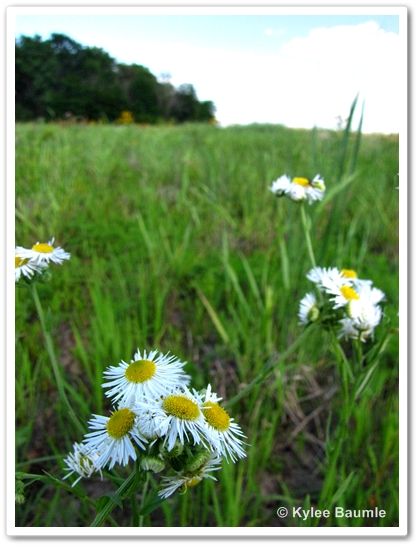
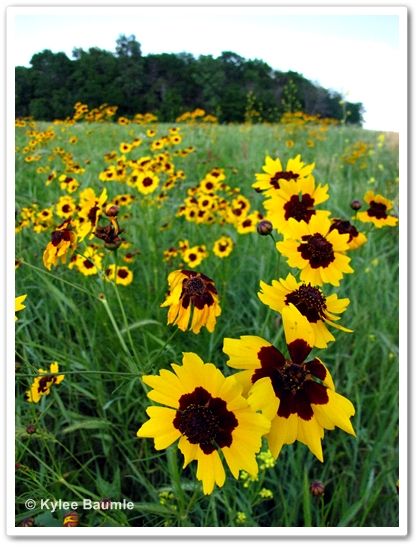
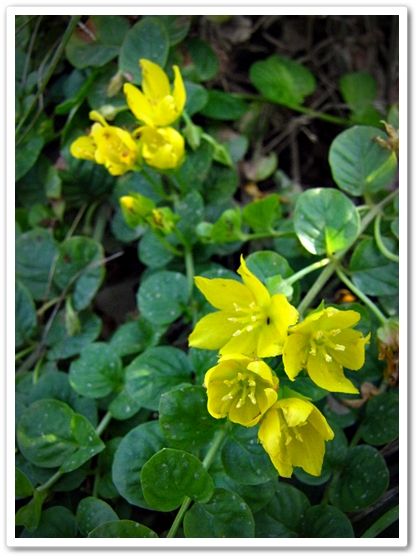
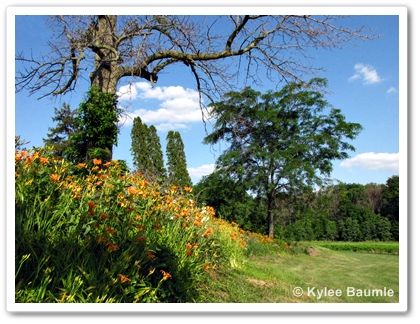
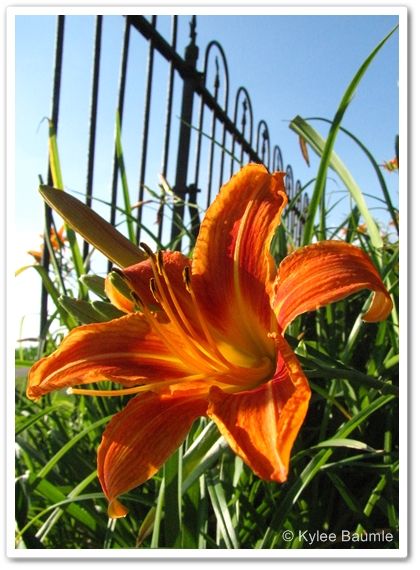
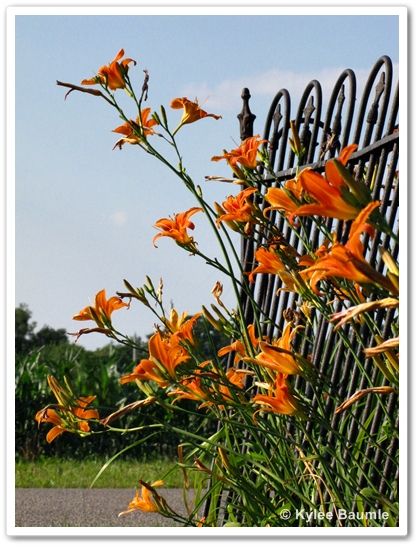
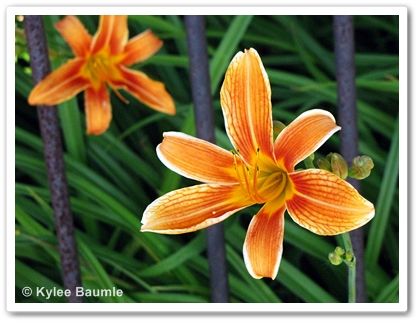
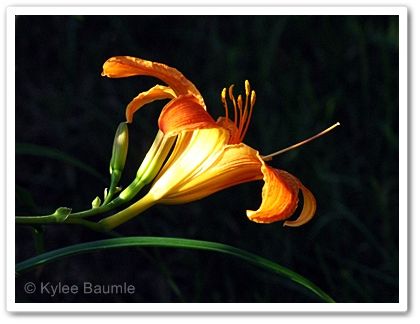
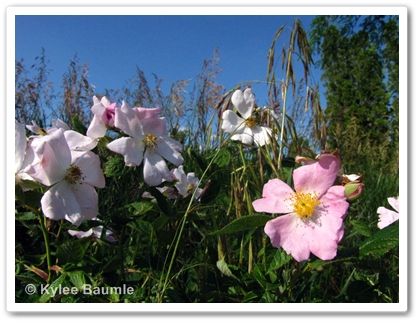
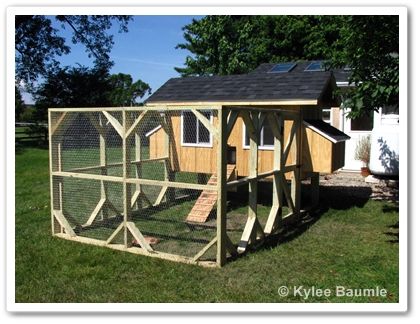
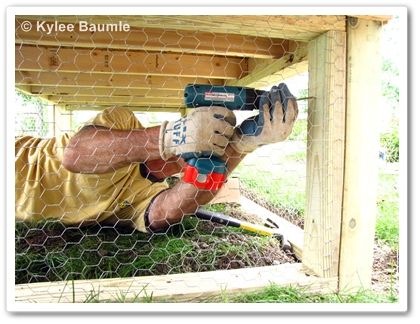

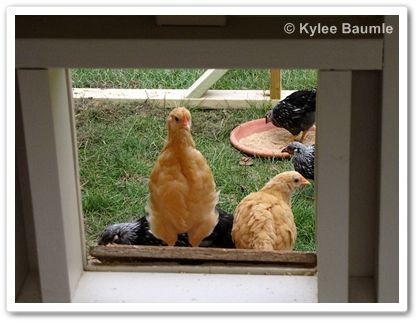
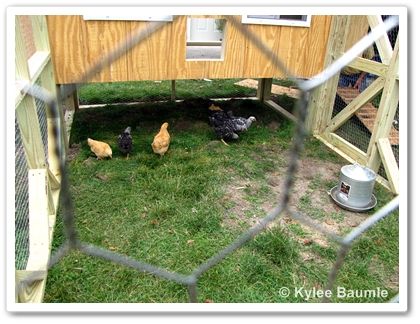

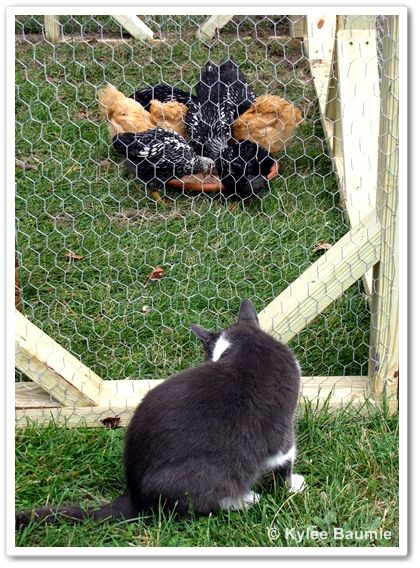
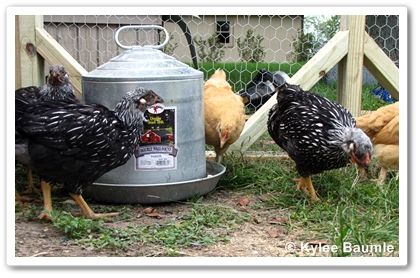
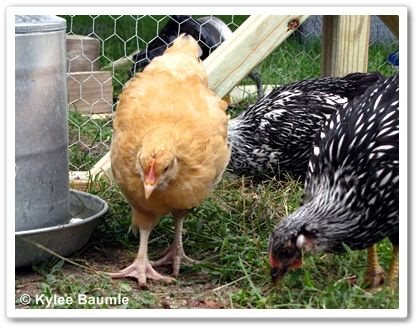
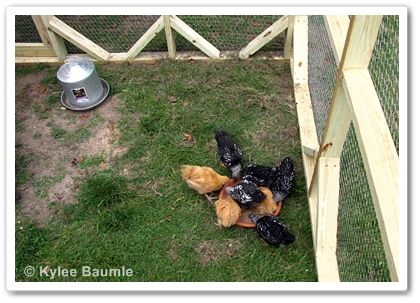

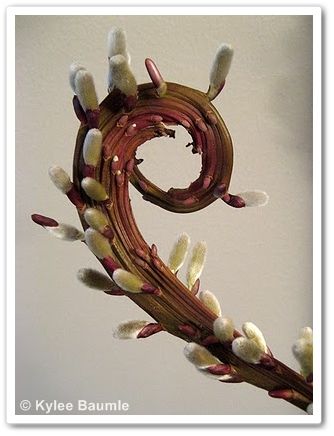
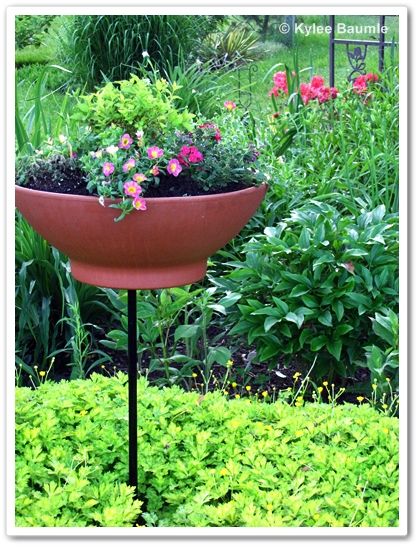

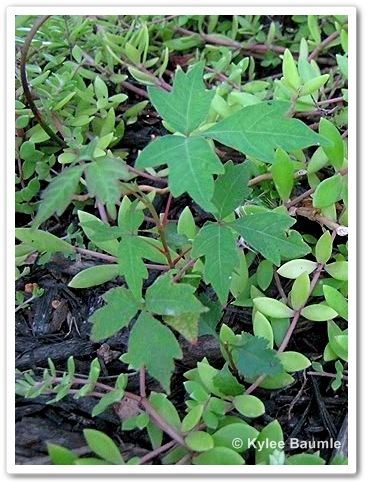
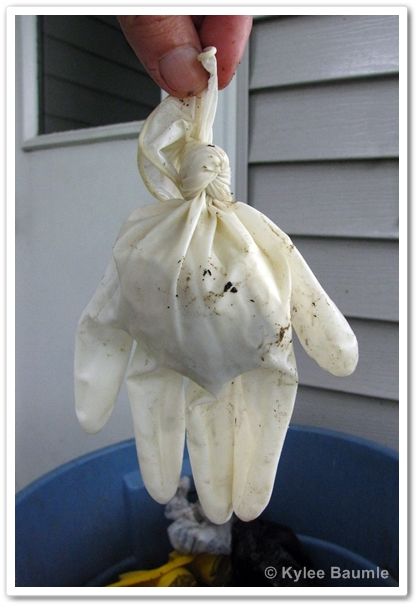






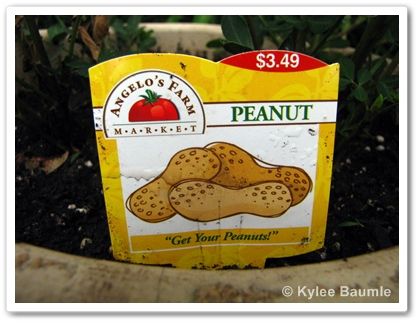
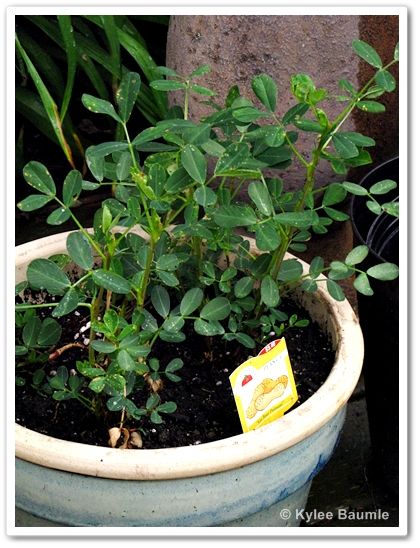
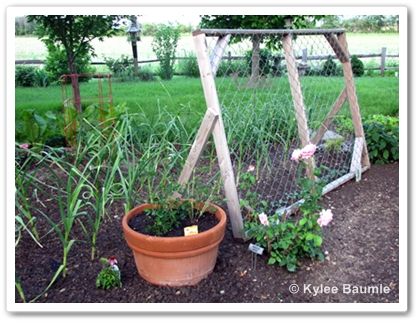
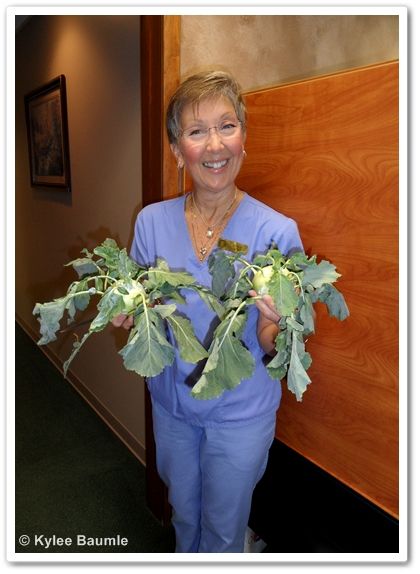
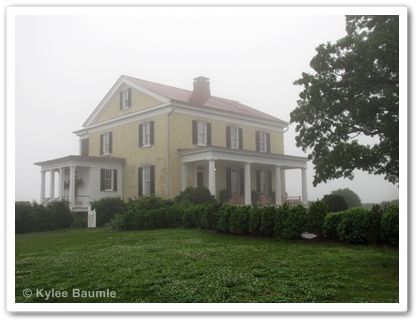
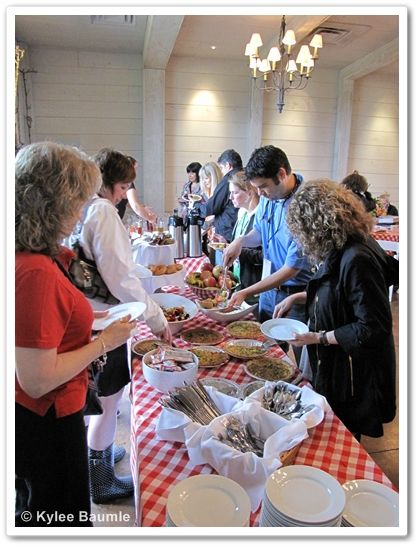
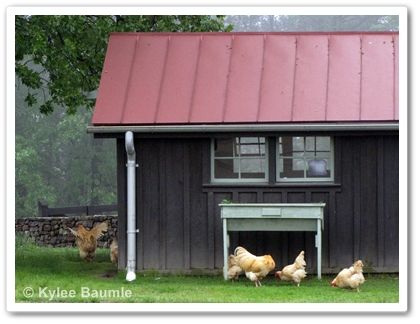
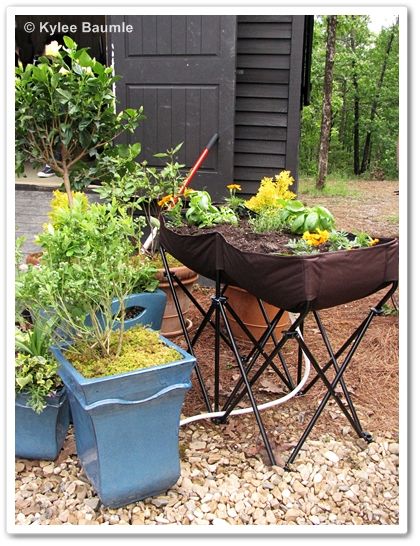
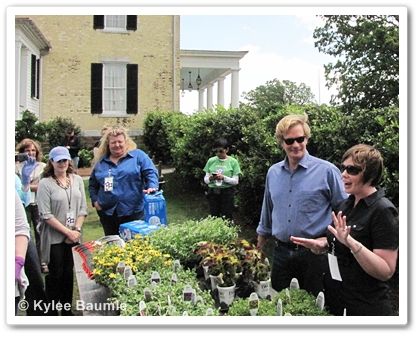
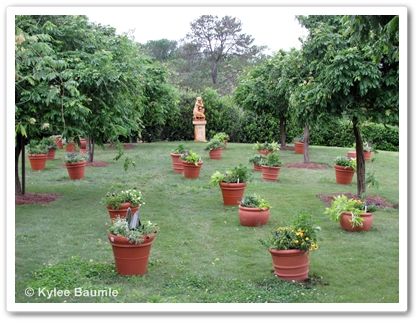
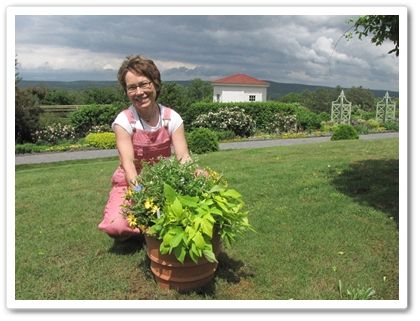
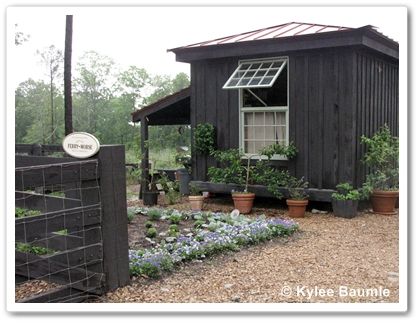
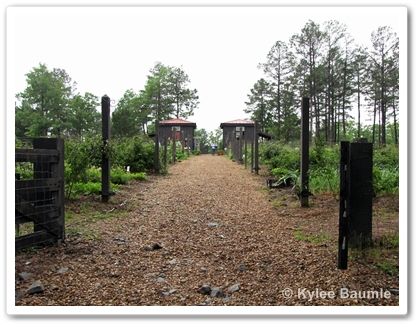
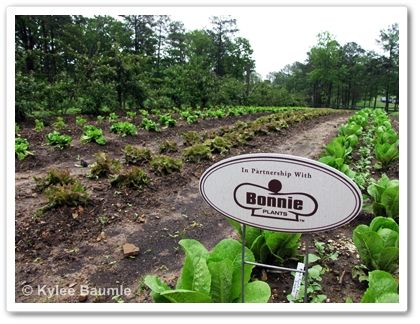
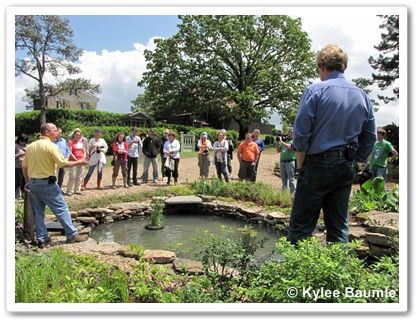
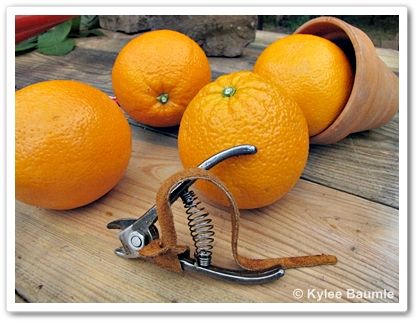
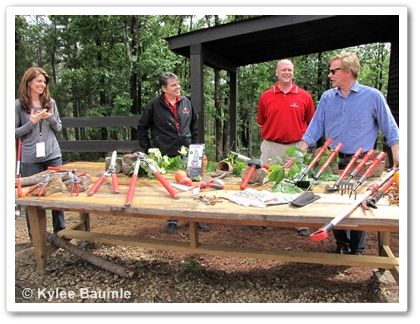
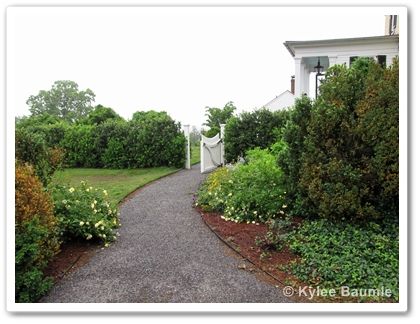
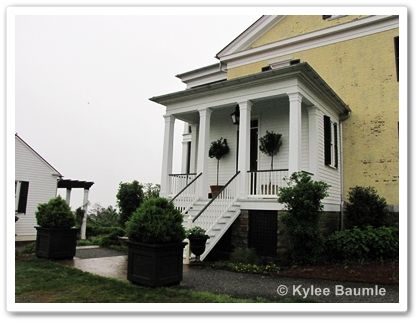

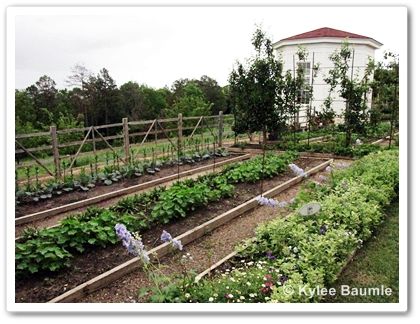
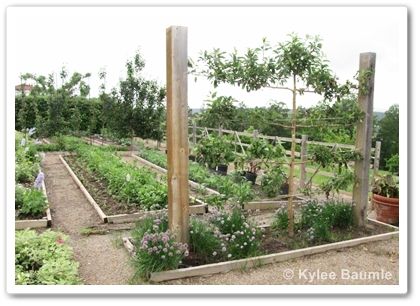

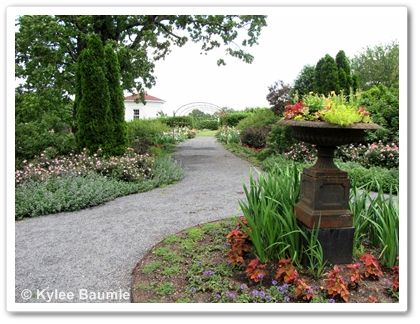


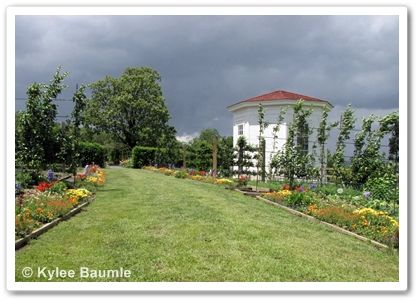



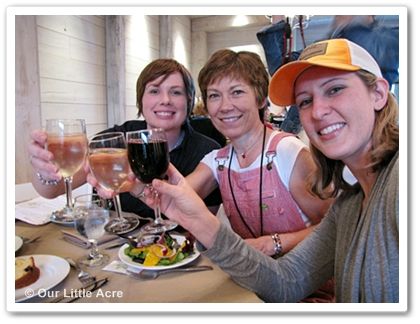
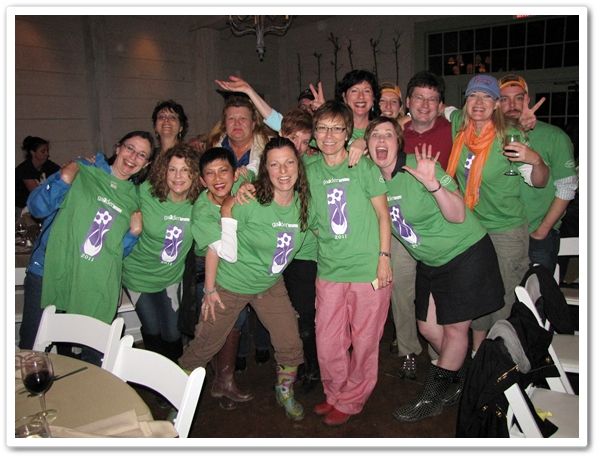
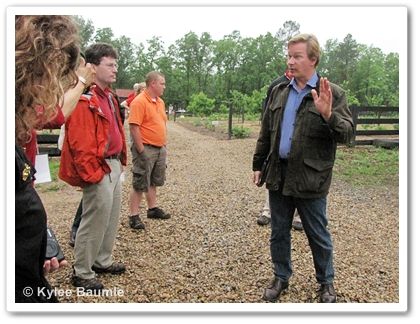







 "Bejeweled"
"Bejeweled"


